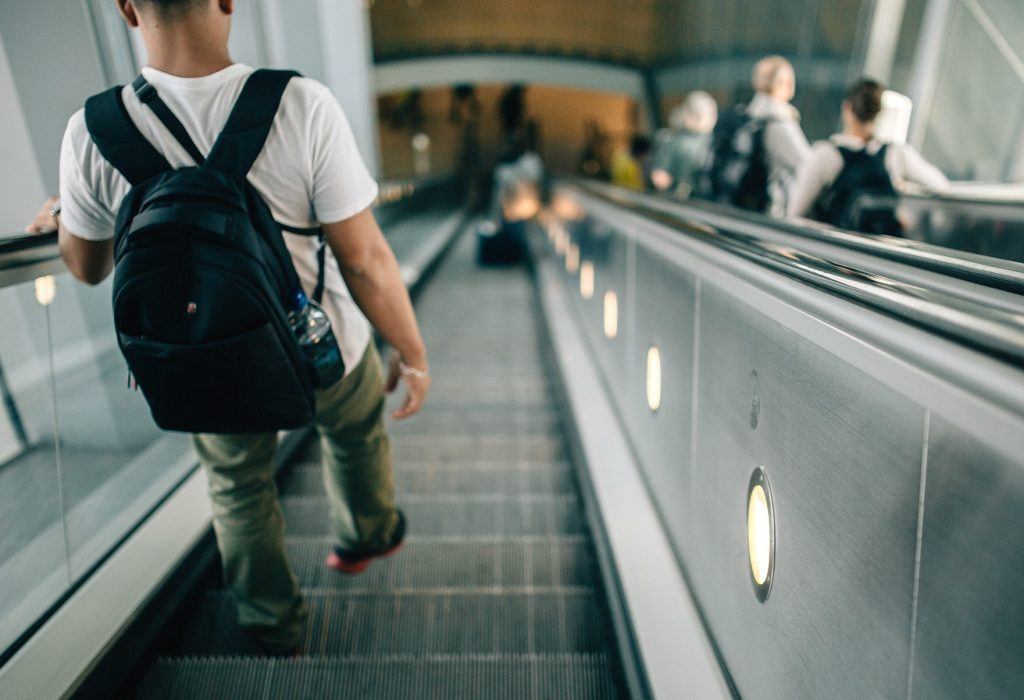
The reason behind the incessant breakdown of the subway’s escalators and elevators? Nearly 80 percent of them do not receive the necessary maintenance by the MTA. After an 18-month audit, City Comptroller Scott Stringer’s office found that in a random sample of 65 out of the city’s 407 total escalators and elevators, about 50 had not undergone any preventative maintenance service. As reported by the Wall Street Journal, only 20 percent of machines sampled by the comptroller’s office received the scheduled maintenance on time.

Chart via the City Comptroller’s Office
In addition to not meeting the scheduled preventative maintenance assignments, the report says the MTA also does not systematically track whether and how quickly all of the defects found were corrected. The New York City Transit (NYCT) Division of Elevators and Escalators, a part of the MTA system, is responsible for the maintenance, repair, and inspection of these facilities located in the subways. However, Stringer found that most work orders were never created, even after problems were found during preventive maintenance or inspections. In an analysis of 949 maintenance checklists, the audit found 331 checklists in which defects were noted. Yet, for 89 total cases, auditors found no evidence that work orders were ever created to fix the problem identified.
Seniors and people with disabilities struggle the most when it comes to broken escalators and elevators. In April, a disability rights group sued the MTA over the inaccessibility of its subway. The Disability Rights Advocates coalition, filed two lawsuits, one against the state, and one at the federal level, claiming the MTA has been negligent in elevator maintenance. While the Americans with Disabilities Act was passed in 1990, making transit systems in NYC accessible continues to be a major issue.
“When seniors and people with disabilities can’t get to where they need to go because of a broken elevator or escalator, government is failing them,” Stringer said in a press release. “There are New Yorkers who can’t make it to a job interview or doctor’s appointment. It’s unfair – and it’s gone on for far too long. It must get fixed.”
In the report, Stringer’s office made 13 recommendations to fix the problems. These include setting realistic targets for preventative maintenance assignments, reviewing service suspension memos, creating new procedures for recording work orders and finding a better way to track information by individual defects.
The MTA and the NYCT reject the audit’s findings and have yet to address its recommendations. However, the MTA said it does a have a detailed system for machine maintenance. A spokeswoman for the authority, Beth DeFalco, said the MTA fully complies with federal and state law accessibility obligations: “New York City Transit is spending $1 billion to increase the number of ADA-compliant subway stations and replace existing elevators and escalators as part of our current capital plan.”
[Via WSJ]
RELATED:
























































